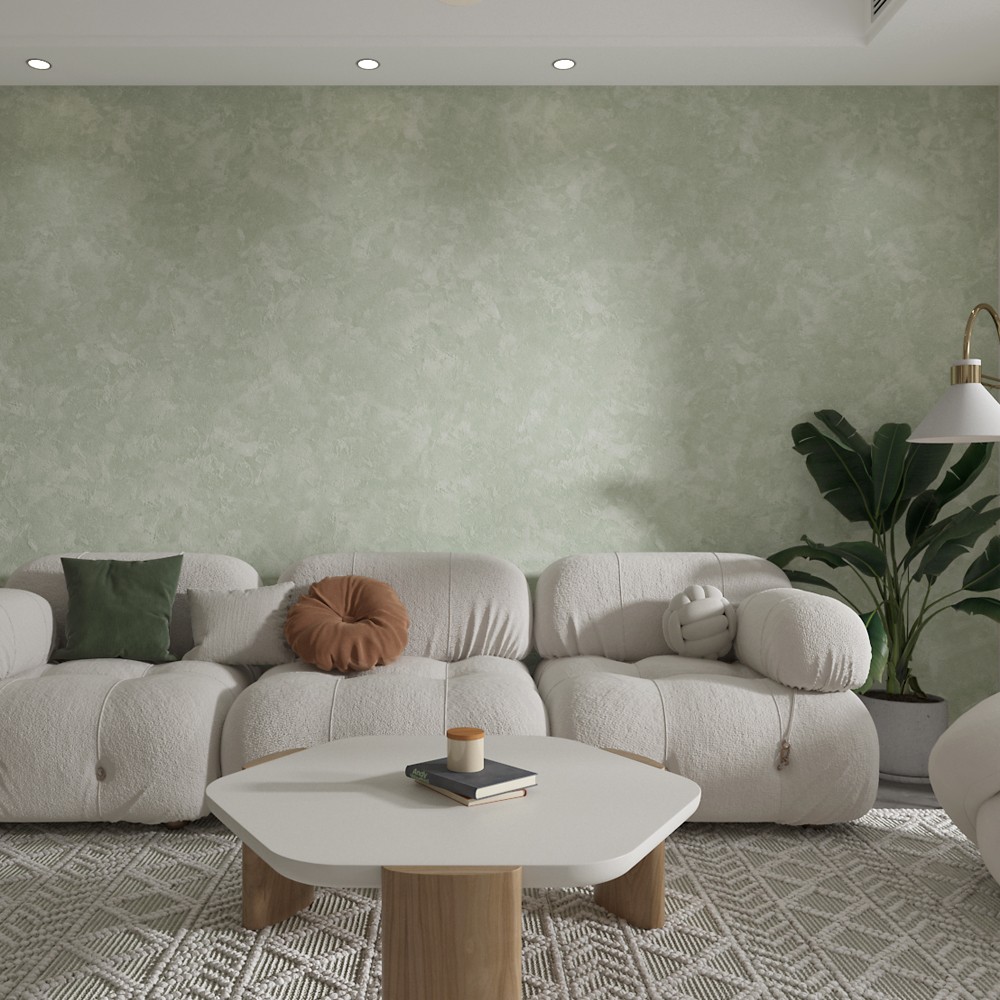Asian texture is more than just visual patterns; it is a living language woven into the fabric of centuries-old traditions, natural landscapes, and cultural identities. Spanning from the snow-capped peaks of the Himalayas to the tropical islands of Southeast Asia, the continent’s textures tell stories of resilience, creativity, and harmony between humans and their environment. From the intricate weaves of silk to the rough-hewn grains of hand-carved wood, Asian texture is a tapestry of contrasts—delicate yet bold, ancient yet ever-evolving.

#The Roots of Asian Texture: Nature and Spirituality
At the heart of Asian texture lies a deep connection to nature. Unlike Western design, which often prioritizes symmetry and abstraction, traditional Asian textures draw inspiration from the world around—mountains, rivers, flora, and fauna. In China, for example, the “cloud pattern” (yunwen) adorns imperial robes and porcelain. Soft, rolling curves mimic the movement of mist over peaks, symbolizing divine blessing and cosmic harmony. Similarly, Japanese “seigaiha” (blue ocean waves) patterns, with their layered concentric circles, evoke the ebb and flow of tides, reflecting the island nation’s reverence for the sea.
Spirituality also shapes these textures. Hindu and Buddhist iconography infuses Indian and Southeast Asian patterns with sacred meaning. The lotus, a symbol of purity, blooms across everything from Indian sari borders to Thai temple murals, its petals rendered in soft, overlapping strokes that mimic the flower’s organic growth. In Tibetan Buddhism, the “endless knot” (shrivatsa) weaves interlocking lines into a seamless loop, representing the interconnectedness of all life—a texture that transcends visual appeal to become a meditative tool.
#Regional Expressions: A Mosaic of Techniques and Traditions
Asia’s vastness gives rise to distinct regional texture traditions, each defined by local materials, climate, and history.
In East Asia, China’s silk textiles stand as a pinnacle of细腻 (细腻, xìnì—delicate) craftsmanship. For over 5,000 years, sericulturists have transformed silkworm cocoons into threads, which are then woven into brocades like “jin” (gold-threaded silk) or “kesi” (tapestry weave). The “dragon robe” of the Ming Dynasty, with its 9-clawed dragons coiled amid clouds, is a masterpiece of texture: the shimmer of gold thread contrasts with matte silk backgrounds, creating depth that shifts with movement. Meanwhile, Japan’s “washi” paper, made from mulberry bark, offers a tactile experience unlike any other. Its rough, fibrous surface—marked by flecks of bark and uneven thickness—carries the warmth of human touch, making it a favorite for scrolls, lanterns, and even modern art installations.
South Asia’s textures are bold and vibrant, rooted in agrarian life and community. India’s “khadi” (hand-spun cotton) is a texture born from resistance: during the Indian independence movement, Mahatma Gandhi championed it as a symbol of self-reliance. Its slubby, uneven weave—each thread spun by hand—bears the marks of the artisan’s labor, a tactile reminder of human connection. Equally iconic is the “bandhani” (tie-dye) of Gujarat, where tiny knots tied in fabric before dyeing create dotted patterns that resemble starry skies or clustered flowers. These textures are not just decorative; they are a form of storytelling, with specific patterns indicating a wearer’s marital status, caste, or regional origin.
Southeast Asia’s textures thrive on natural materials and functional art. In Indonesia, “batik”—wax-resist dyeing—produces intricate motifs on cotton or silk. Artisans use a “canting” (a small copper tool) to draw with molten wax, creating cracks and uneven lines when the wax cracks during dyeing. These “capillary textures” (the accidental, organic lines from wax cracks) are prized, making each batik piece unique. Similarly, in Thailand, “matmi” (ikat) weaving involves tie-dyeing threads before weaving, resulting in blurred, dreamlike patterns that mimic the misty mountains of the north. Even everyday objects, like rattan baskets or bamboo blinds, become textured art: the crisscrossing strands of rattan create geometric patterns that balance simplicity and complexity, reflecting the region’s philosophy of “less is more.”
#Traditional Textures in the Modern Age: Fusion and Innovation
As globalization bridges cultures, Asian textures have transcended their regional origins to influence global design. Contemporary artists and designers are reimagining these age-old patterns, blending tradition with innovation to create textures that feel both familiar and fresh.
In fashion, brands like Japan’s Issey Miyake and China’s Uma Wang have made Asian texture a signature. Miyake’s “Pleats Please” line, inspired by origami, uses heat-set pleating to create a texture that is crisp yet flexible, turning fabric into a sculptural medium. Wang, meanwhile, incorporates handwoven Mongolian cashmere with traditional Chinese “twill” patterns, merging nomadic ruggedness with elegant drapery. On the runway, Indian designer Sabyasachi Mukherjee adorns bridal lehengas with “zardozi” (gold embroidery) and “gotapatti” (sequin work), reinterpreting Mughal-era textures for modern brides who seek heritage with a glamorous twist.
Interior design has also embraced Asian texture as a way to infuse spaces with warmth and cultural depth. In Tokyo, minimalist apartments often feature “shoji” screens—sliding doors made of washi paper stretched over wooden frames—whose semi-transparent texture softens light and creates a sense of calm. In New York, restaurants like Nobu use Indonesian batik wallpaper and Thai silk cushions to transport diners to Southeast Asia, while London’s Tate Modern has displayed large-scale installations of hand-painted Chinese “ink wash” textures, where layers of black ink create depth that shifts with the viewer’s perspective.
Digital art, too, has become a canvas for Asian texture. Artists like Singapore’s Yip Yew Chong use digital tools to pixelate traditional Peranakan tile patterns (intricate floral and geometric designs from the Straits Chinese community), creating dynamic textures that animate on screens. These digital renditions preserve the essence of the original patterns while making them accessible to global audiences online.
#The Cultural Significance of Texture: Identity and Belonging
Beyond aesthetics, Asian texture is a powerful marker of identity. For diaspora communities, traditional textures serve as a link to their roots. A Korean-American wearing a “hanbok” (traditional dress) with “sul” (pine tree) patterns, or a Vietnamese-Australian decorating their home with “non la” (conical hat) weavings, is not just showcasing a texture—they are asserting a cultural narrative. These textures carry memories: the smell of a grandmother’s handwoven shawl, the sound of a loom clacking in a village square, the pride of wearing a pattern that tells your family’s story.
In a world increasingly dominated by mass-produced, uniform textures, Asian texture stands out as a celebration of imperfection and human touch. Unlike machine-made fabrics with identical patterns, handwoven textiles like Indian khadi or Indonesian batik bear the marks of their makers—slight variations in thread tension, uneven dye distribution, accidental smudges of wax. These “flaws” are not mistakes; they are the texture of humanity, a reminder that beauty lies in uniqueness.
#Conclusion: Asian Texture—Bridging Past and Future
Asian texture is a testament to the continent’s enduring creativity. From the silk roads of ancient China to the digital runways of today, these patterns have evolved, adapted, and redefined themselves, yet their core remains unchanged: a celebration of nature, spirituality, and human connection. As we continue to navigate a fast-paced, globalized world, Asian texture offers a grounding force—a way to touch the past while embracing the future. It is more than art; it is a living heritage, waiting to be explored, appreciated, and reimagined for generations to come.


